1. The Frog Taxi’s Unlikely Beginnings
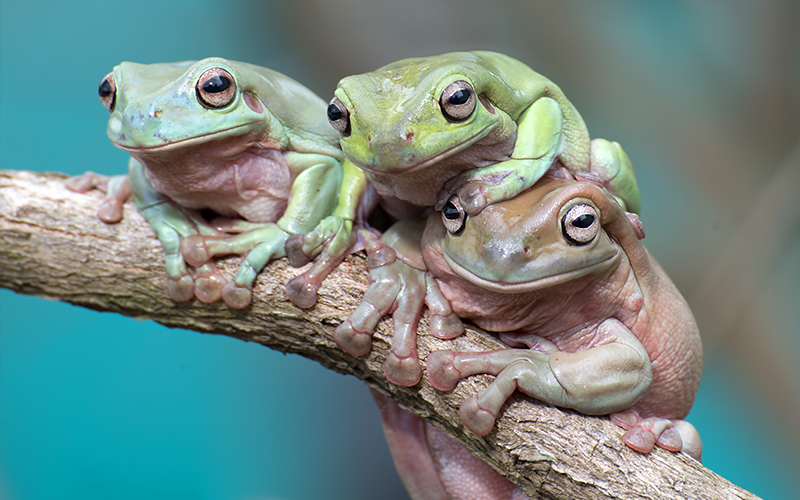
FMT
What do you do when thousands of frogs need to cross a busy road? In Portland, the answer is simple—you give them a lift. The Frog Taxi started as a grassroots initiative by local conservationists who noticed that amphibians were getting squashed during their seasonal migrations. Every spring, frogs and toads journey to nearby wetlands to breed, but urban sprawl has turned these age-old paths into dangerous obstacle courses. A group of passionate volunteers decided to step in, creating a safe passage for these amphibians. It may sound quirky, but their work has had a huge impact on local ecosystems. What began as a small effort has blossomed into a well-organized mission that combines community action, conservation science, and a healthy dose of humor.
2. A Night Shift Unlike Any Other
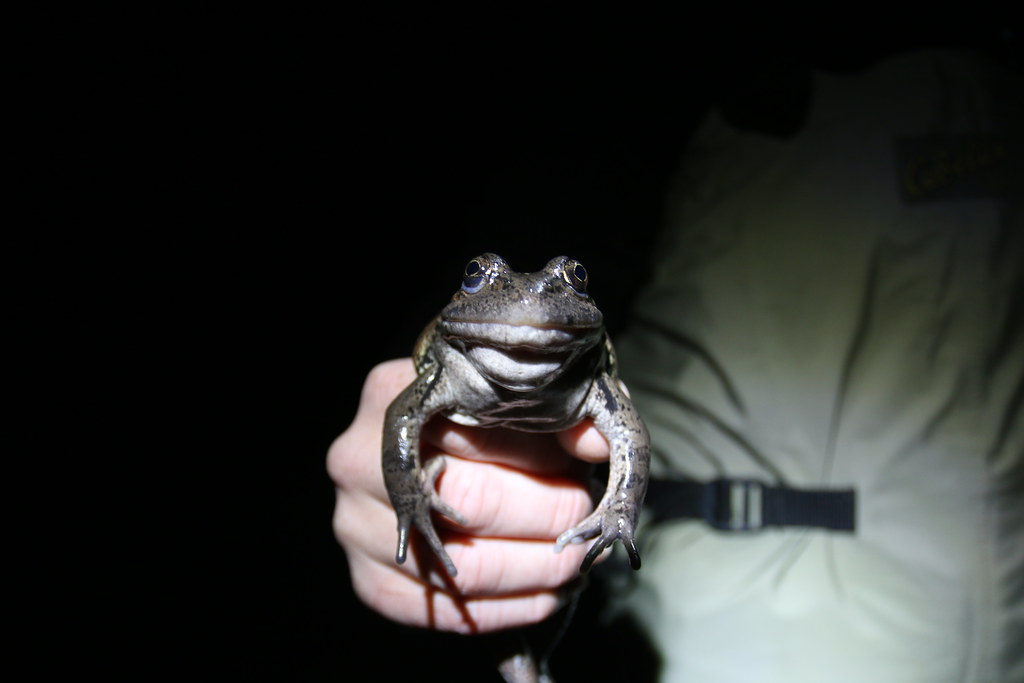
Flickr
If you think Frog Taxi volunteers are just frogging around, think again. These dedicated folks work late into the night when frogs are most active. Armed with flashlights, reflective vests, and buckets, they scour the roads for hopping travelers. Each amphibian is gently picked up, logged for data collection, and then transported safely to its destination. It’s not glamorous work—it’s cold, often rainy, and requires a keen eye—but volunteers find it deeply rewarding. Many describe the experience as meditative, even magical. After all, there’s something uniquely satisfying about knowing you’ve saved a tiny creature’s life just by being there.
3. Frogs Aren’t the Only Passengers
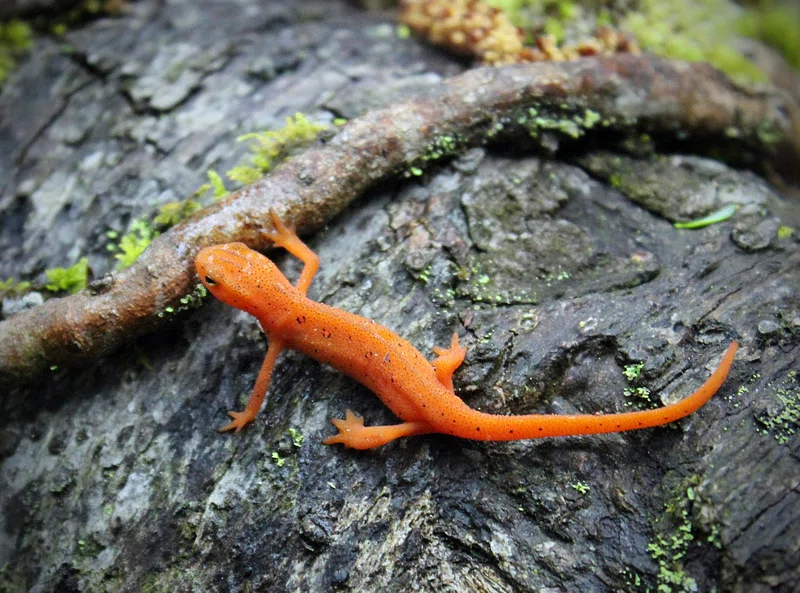
Rawpixel
While frogs are the star of the show, they’re not the only ones catching rides. Salamanders, newts, and even the occasional snake have been spotted hitching a lift with the Frog Taxi. These amphibians and reptiles play crucial roles in the ecosystem as both predators and prey. Their presence indicates a healthy, balanced environment, which makes saving them all the more important. Volunteers often say they never know what they’ll encounter on a given night, and that’s part of the charm. The mission isn’t just about frogs; it’s about safeguarding biodiversity.
4. The Migration Marvel: Why Frogs Move

Freerange Stock
You might wonder why frogs don’t just stay put. The answer lies in their unique lifecycle. Frogs are born in water but spend much of their adult lives on land. When breeding season arrives, they’re drawn back to the wetlands where they hatched, guided by an instinct that’s been honed over millennia. This migration is vital for their survival and the continuation of their species. Unfortunately, urban development often cuts through these ancient routes, putting frogs in harm’s way. The Frog Taxi ensures these creatures can fulfill their natural cycle without ending up as roadkill.
5. Community Science in Action
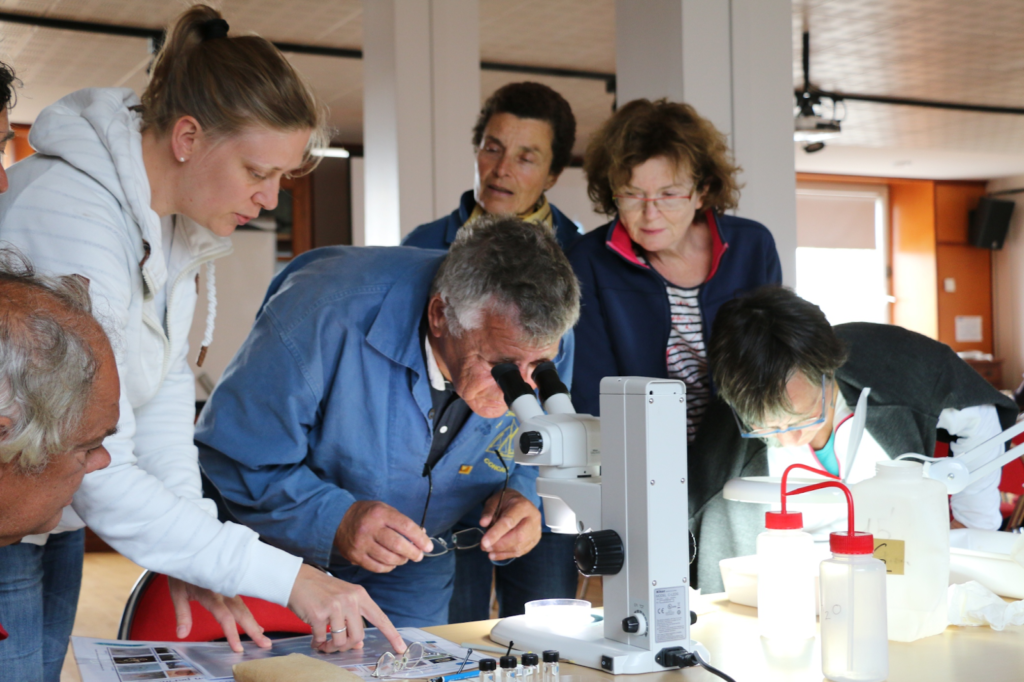
Wikimedia Commons
The Frog Taxi isn’t just about moving frogs; it’s also a valuable community science project. Each amphibian transported is recorded, providing researchers with crucial data on local populations, migration patterns, and environmental health. This information helps scientists understand how urbanization impacts wildlife and informs conservation strategies. Volunteers receive training to identify different species and log their findings accurately. It’s a perfect example of how ordinary citizens can contribute to meaningful scientific research while making a tangible difference in their community.
6. The Role of Kids in the Frog Taxi

Picryl
It turns out, kids love frogs. Families are encouraged to join the Frog Taxi, and many children have become some of the mission’s most enthusiastic participants. Equipped with pint-sized buckets and an endless supply of curiosity, these junior conservationists learn about ecology firsthand. The experience teaches them about the importance of protecting wildlife and gives them a sense of responsibility. Parents often say the outings are unforgettable bonding experiences that instill lasting values. Plus, let’s be honest—who wouldn’t want to say they spent their evening saving frogs?
7. The Gear: What Does a Frog Taxi Need?
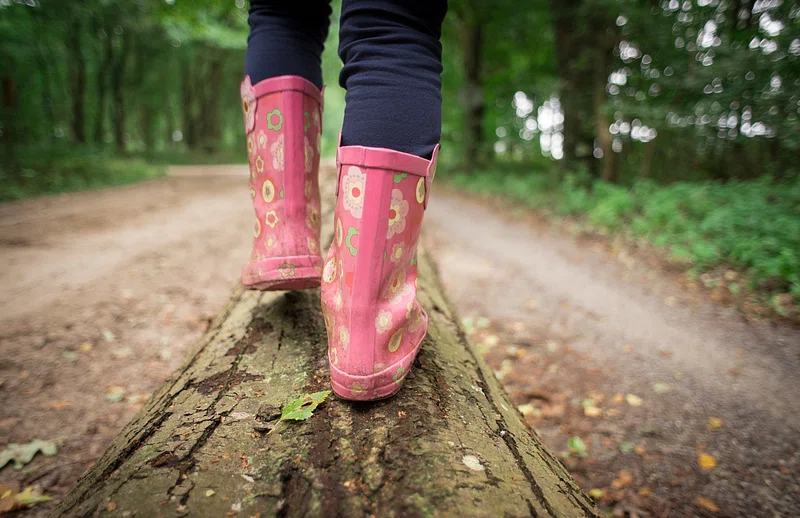
Rawpixel
You don’t need much to join the Frog Taxi, but the right tools make all the difference. Volunteers typically come equipped with sturdy boots, waterproof clothing, and a flashlight or headlamp. Reflective vests are a must for safety, as the work often takes place along busy roads. Buckets and nets are used to gently collect frogs, while clipboards and data sheets help track each amphibian’s journey. Some volunteers even bring thermoses of hot tea to stay warm during chilly spring nights. It’s a simple setup, but it’s all you need to become a hero for frogs.
8. Challenges on the Road

Freerange Stock
The Frog Taxi faces its fair share of challenges. Rainy nights, cold temperatures, and traffic hazards are just the beginning. Identifying and catching frogs can be tricky—they’re small, camouflaged, and surprisingly quick. Volunteers also have to contend with skeptical drivers who might not understand why people are running around with buckets in the dark. Despite these obstacles, the mission’s success proves that dedication and teamwork can overcome almost anything. Volunteers see each challenge as an opportunity to innovate and improve their efforts.
9. The Unsung Heroes: Wetland Advocates
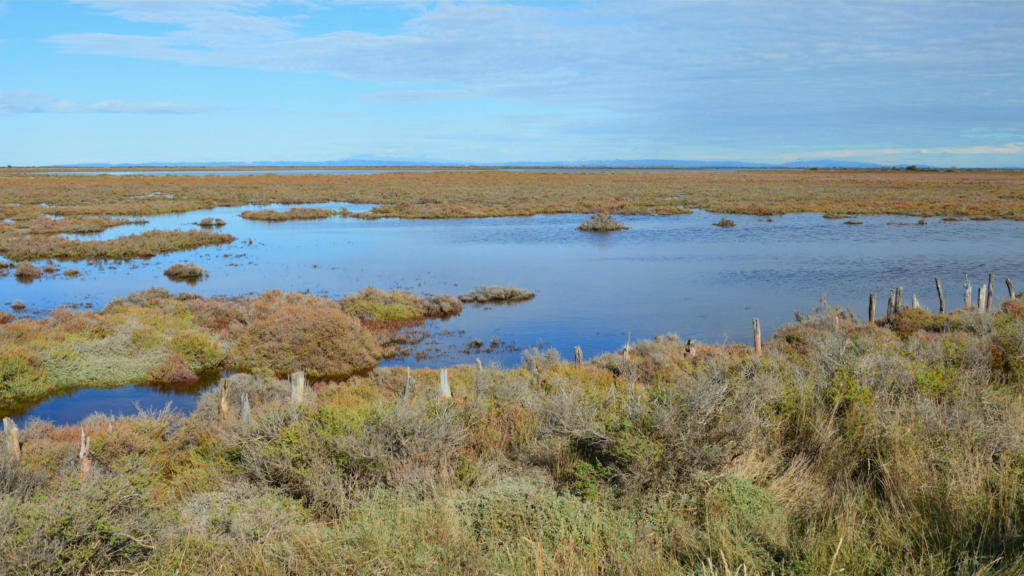
Pexels
While the Frog Taxi focuses on immediate action, its work highlights a broader issue: the loss of wetland habitats. Wetlands are crucial for amphibians, providing breeding grounds and food sources. Unfortunately, they’re often drained or developed for human use. The Frog Taxi’s efforts draw attention to the need for wetland conservation. By protecting these habitats, we can reduce the need for such interventions in the future. Many Frog Taxi volunteers also advocate for wetland preservation, proving that their commitment to amphibians goes far beyond a single night’s work.
10. The Ripple Effect on Local Wildlife
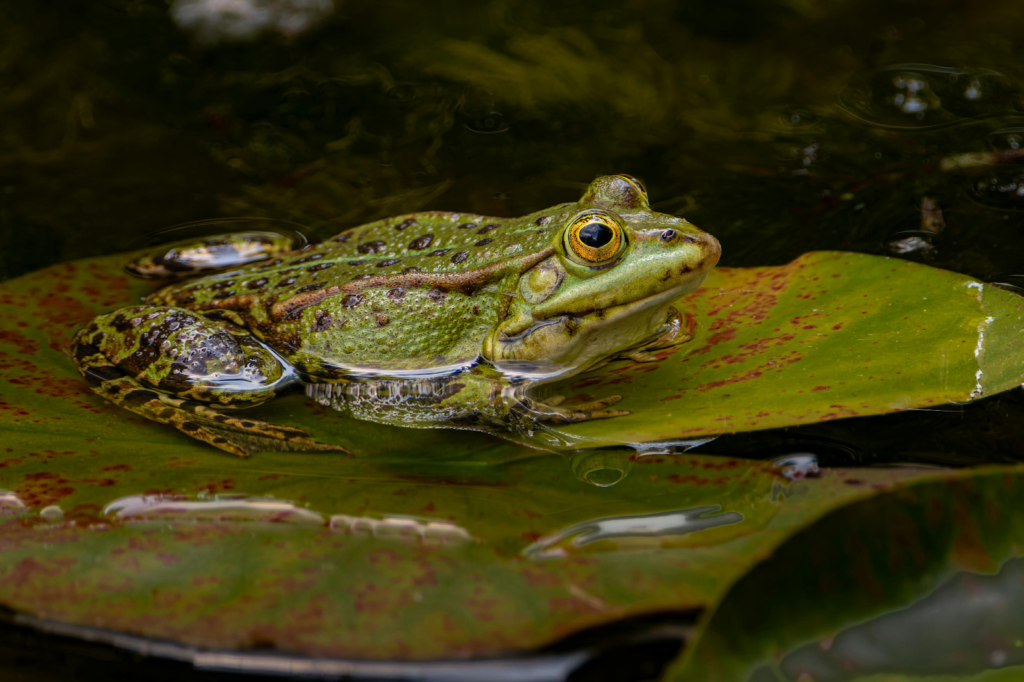
Pexels
Saving frogs doesn’t just benefit frogs. Amphibians are a keystone species, meaning their health reflects the overall state of the ecosystem. By ensuring their survival, the Frog Taxi helps maintain the delicate balance of local biodiversity. Frogs eat insects, keeping pest populations in check, and serve as food for birds, mammals, and other creatures. Protecting them has a ripple effect that benefits countless other species. It’s a reminder that even small actions can have a big impact when it comes to conservation.
11. How You Can Get Involved
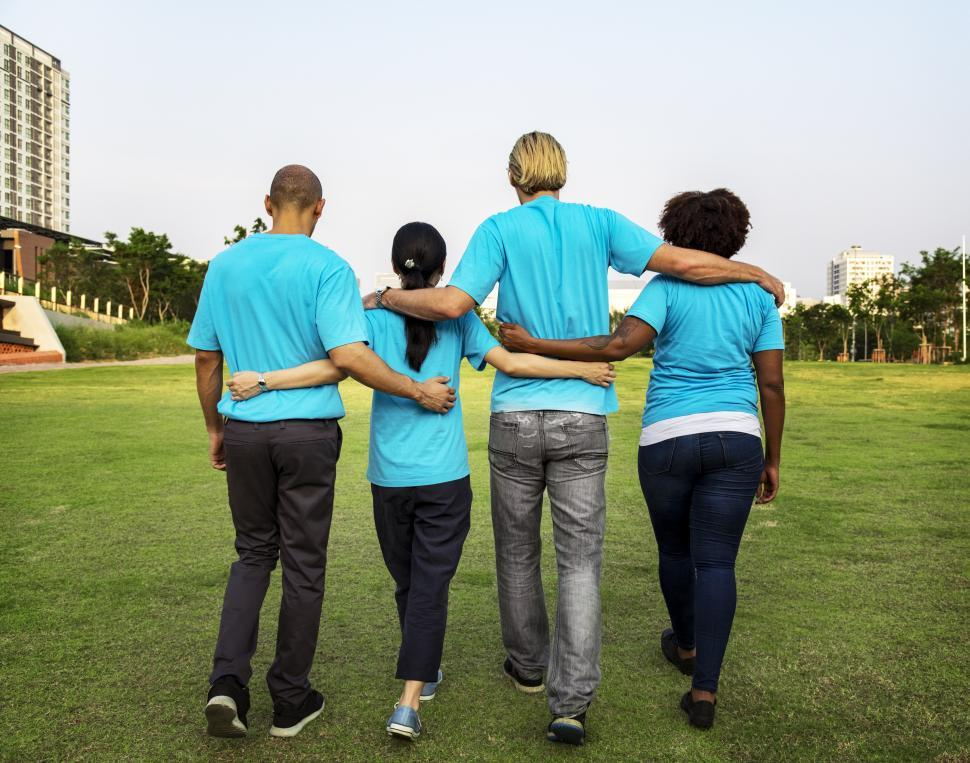
Freerange Stock
Joining the Frog Taxi is easier than you might think. The initiative welcomes volunteers of all ages and backgrounds, no experience necessary. Training sessions are held before the migration season to teach participants the basics of frog handling and data collection. Even if you can’t hit the road, there are other ways to help. Donations fund essential supplies, while spreading the word raises awareness about the mission. Whether you’re carrying a bucket or sharing a social media post, every effort counts.
12. The Joy of Helping Frogs
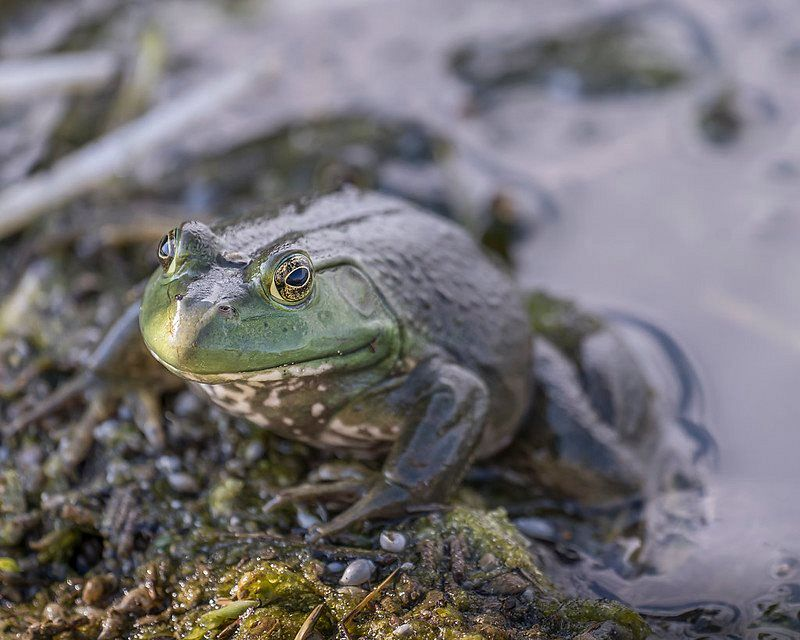
Rawpixel
Ask any Frog Taxi volunteer, and they’ll tell you the same thing: there’s nothing quite like the joy of saving a frog. Knowing that your actions directly impact a living creature’s survival is deeply fulfilling. The mission fosters a sense of community and purpose, bringing people together for a shared cause. It’s also a lot of fun. Volunteers swap stories, marvel at the frogs’ antics, and create memories that last a lifetime. In a world that often feels overwhelming, the Frog Taxi is a heartwarming reminder of the good we can do.
13. Portland’s Frog Taxi: A Model for the Future

Picryl
The success of Portland’s Frog Taxi has inspired similar initiatives in other cities. Its combination of grassroots action, community science, and public engagement serves as a model for urban conservation efforts worldwide. By addressing local issues with creativity and collaboration, the Frog Taxi proves that even small communities can tackle big challenges. As urbanization continues to encroach on natural habitats, missions like this will become increasingly important. The Frog Taxi isn’t just saving frogs; it’s paving the way for a more harmonious relationship between humans and wildlife.


